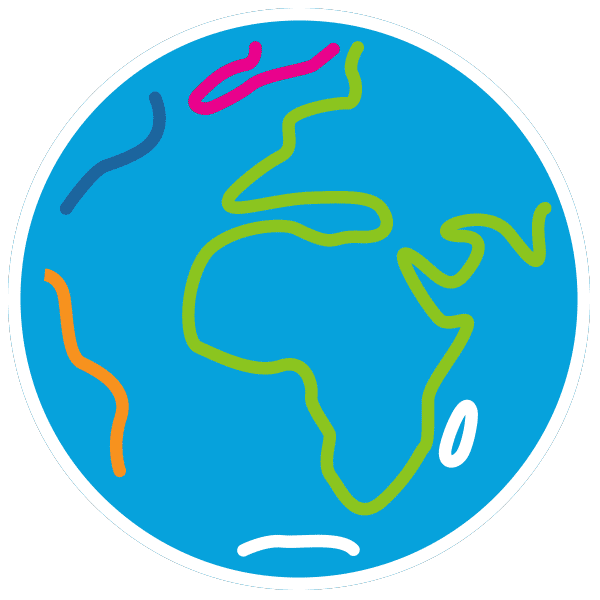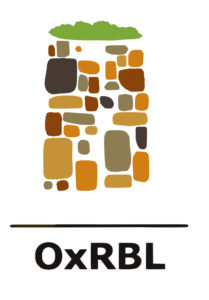 We are a group of scientists from diverse backgrounds who work at the University of Oxford in the Oxford Resilient Buildings and Landscapes Lab (OxRBL). For British Science Week we are posting a series of 5 blog posts to explain who we are, what we do and why, and how we use science to help conserve heritage. The ideas for these blog posts came out of some discussions in our weekly lab group meetings and illustrate the challenges we find applying science to heritage conservation.
We are a group of scientists from diverse backgrounds who work at the University of Oxford in the Oxford Resilient Buildings and Landscapes Lab (OxRBL). For British Science Week we are posting a series of 5 blog posts to explain who we are, what we do and why, and how we use science to help conserve heritage. The ideas for these blog posts came out of some discussions in our weekly lab group meetings and illustrate the challenges we find applying science to heritage conservation.
But before we start… some introductions are needed.
What IS heritage? And why does it need conserving?
Heritage can be defined as anything that we value beyond everyday use and want to pass on to future generations. It’s much more than old buildings and archaeological sites (although these are important too!). Heritage can be both tangible (things we can see and touch such as pottery, shells or murals) and intangible (things we experience such as music and dance). Heritage can be cultural or natural, or a bit of both. Cultural heritage includes objects, buildings and sites created by humans, whereas natural heritage is made up of plants, animals and the physical environment. Heritage can be movable or immovable – things we can collect and put on display somewhere (like artworks) or things that we have to go and visit where they have been created (like mountains). What things do you value and would like to pass on to future generations so that they can enjoy them too?
Heritage needs conserving because there are many threats to all types of heritage – such as climate change, wars, economic and social change, as well as natural processes of decay. The more value we put on heritage, the harder we are prepared to work to conserve it.
Who are OxRBL?
Currently, there are 19 of us in OxRBL ranging in age from 22 to 60, including students, researchers, and three Honorary Research Associates who contribute to our research but who also have jobs elsewhere (in industry or at other universities or research organisations). We come from many different parts of the world – UK, Germany, France, Canada, USA, China, Japan, Ethiopia, and Syria. We have done many different undergraduate degrees including geography, conservation science, chemistry, architecture, geology, art history and archaeology. We come from a diverse range of cultural and religious backgrounds, some of us have caring responsibilities, and some of us have had difficult journeys to get to Oxford. OxRBL is very gender-balanced and we are proud of our LGBTQ+ members. We enjoy challenging stereotypes of what scientists should look like and what scientists should do.
Follow us on twitter
Ammar Azzouz – works for Arup, producing a video on Domicide: the destruction of home.
Blen Taye Gemeda – Doctoral student researching rock-hewn churches, Lalibela, Ethipioa
Dáire Browne – Doctoral student researching laser spectroscopy methods for heritage
Heather Viles – Professor of Biogeomorphology and Heritage Conservation (@Geodiverse)
Hong Zhang – Research Technician in charge of OxRBL’s lab and field equipment
Jenny Richards – Doctoral student researching environmental impacts on earthen heritage
Katherine Jang – Doctoral student researching the impacts of moss growing on old walls
Kathryn Royce – Doctoral student researching mineral collections in museums
Katrin Wilhelm – Researcher working on sandstone conservation and other projects
Kenta Sayama – Masters student assisting research on Reigate Stone, Tower of London
Lucie Fusade – works for Rose of Jericho, developed the Use Lime Mortar app
Martin Coombes – Researcher working on biodiversity and heritage conservation
Martin Michette – Doctoral student researching Reigate Stone, Tower of London
Richard Grove – Doctoral student researching sandstone conservation
Sam Woor – Doctoral student researching the history of alluvial fans in Oman
Scott Orr – Lecturer in Heritage Data Science, University College London
Shanlong Yang – works for Dunhuang Academy, China on heritage conservation
Tim Baxter – Doctoral student researching marine life on historic walls
Yinghong Wang – Doctoral student researching sandstone grottoes in NW China
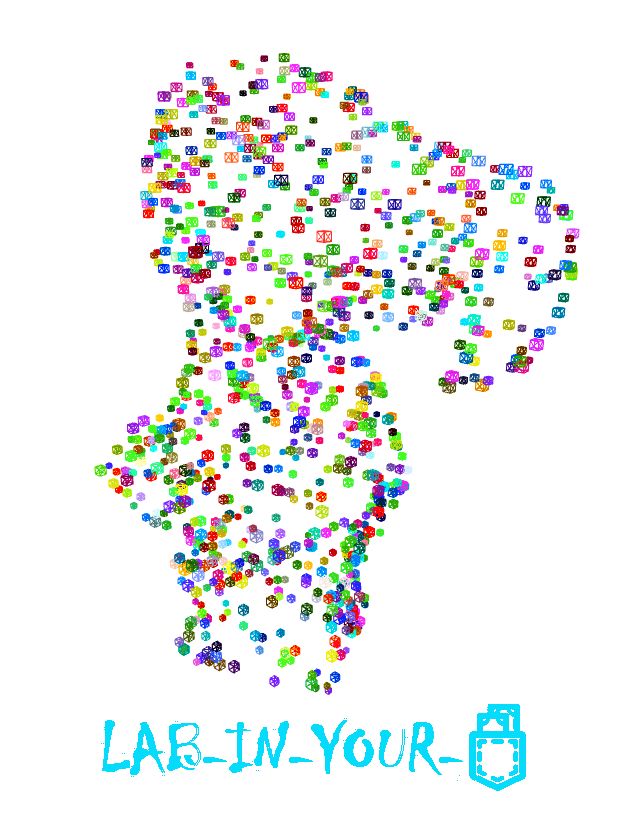 Lab-In-Your-Pocket is an ongoing research project based at Oxford’s School of Geography and the Environment and is further supported by the Oxford Resilient Buildings and Landscapes Lab. It divides into two complementary strands; one which addresses the untapped potential for formalising research methods around mobile technologies in higher education, and another which looks towards developing Citizen Science tools for diversifying public heritage spaces through digital engagements.
Lab-In-Your-Pocket is an ongoing research project based at Oxford’s School of Geography and the Environment and is further supported by the Oxford Resilient Buildings and Landscapes Lab. It divides into two complementary strands; one which addresses the untapped potential for formalising research methods around mobile technologies in higher education, and another which looks towards developing Citizen Science tools for diversifying public heritage spaces through digital engagements.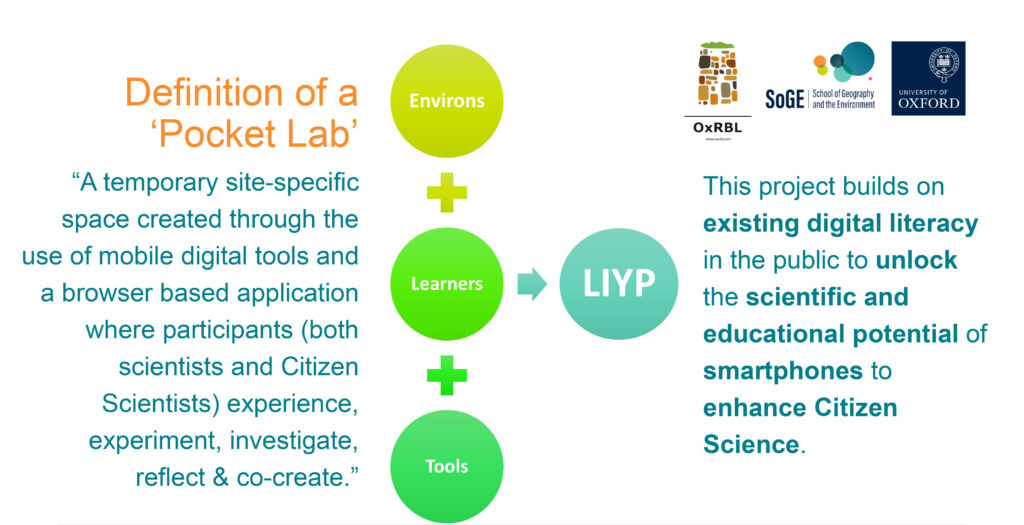
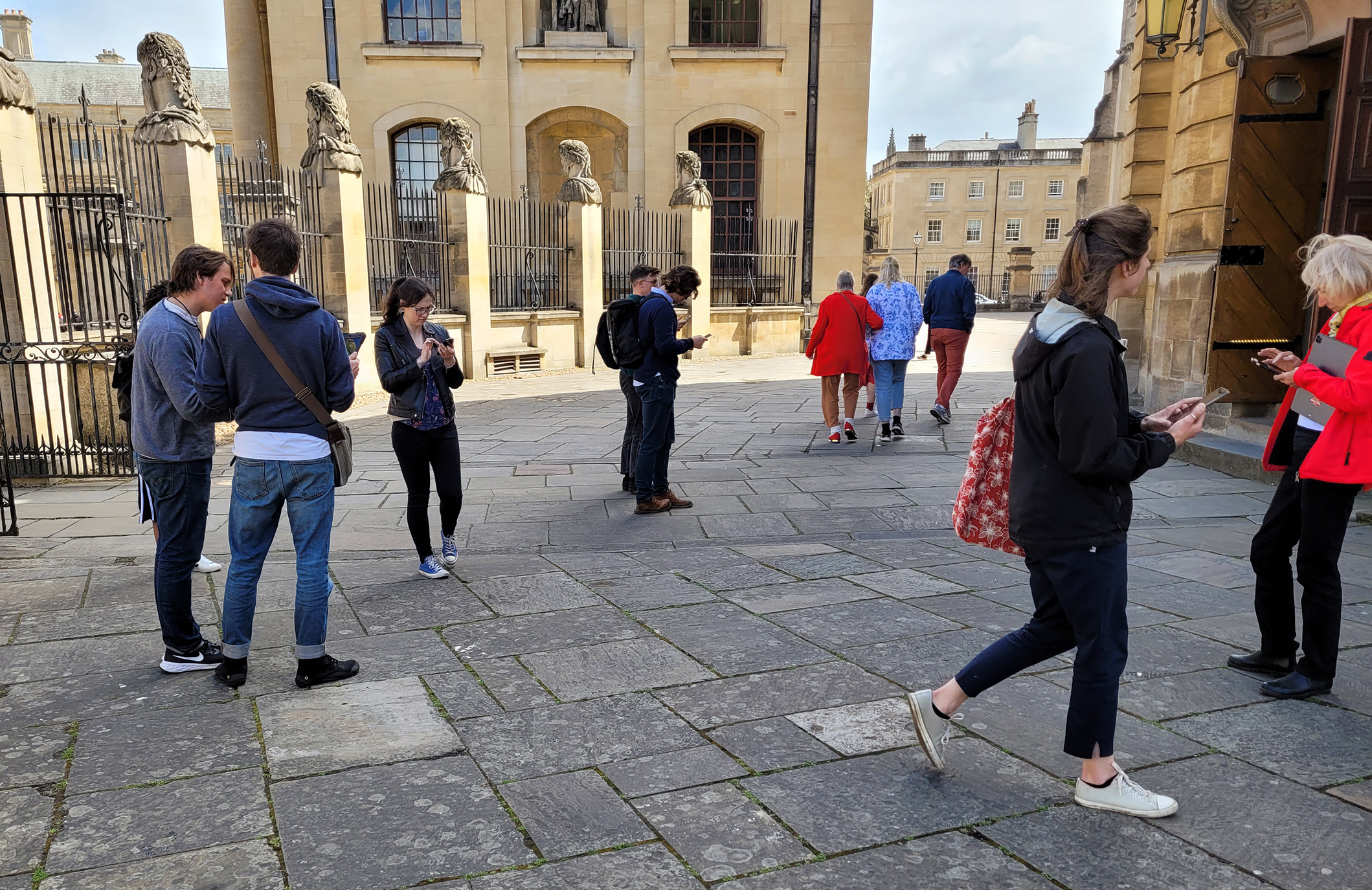

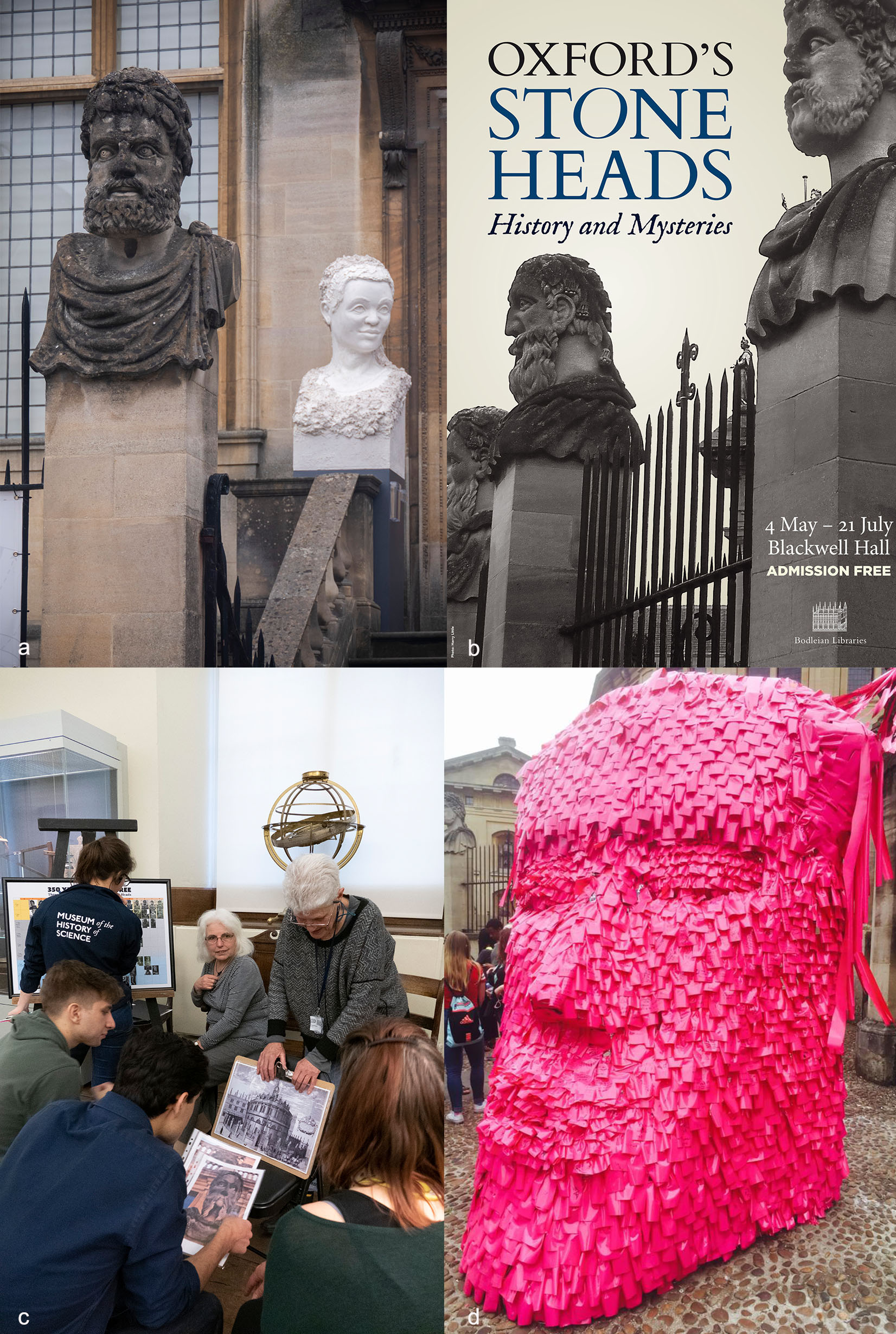
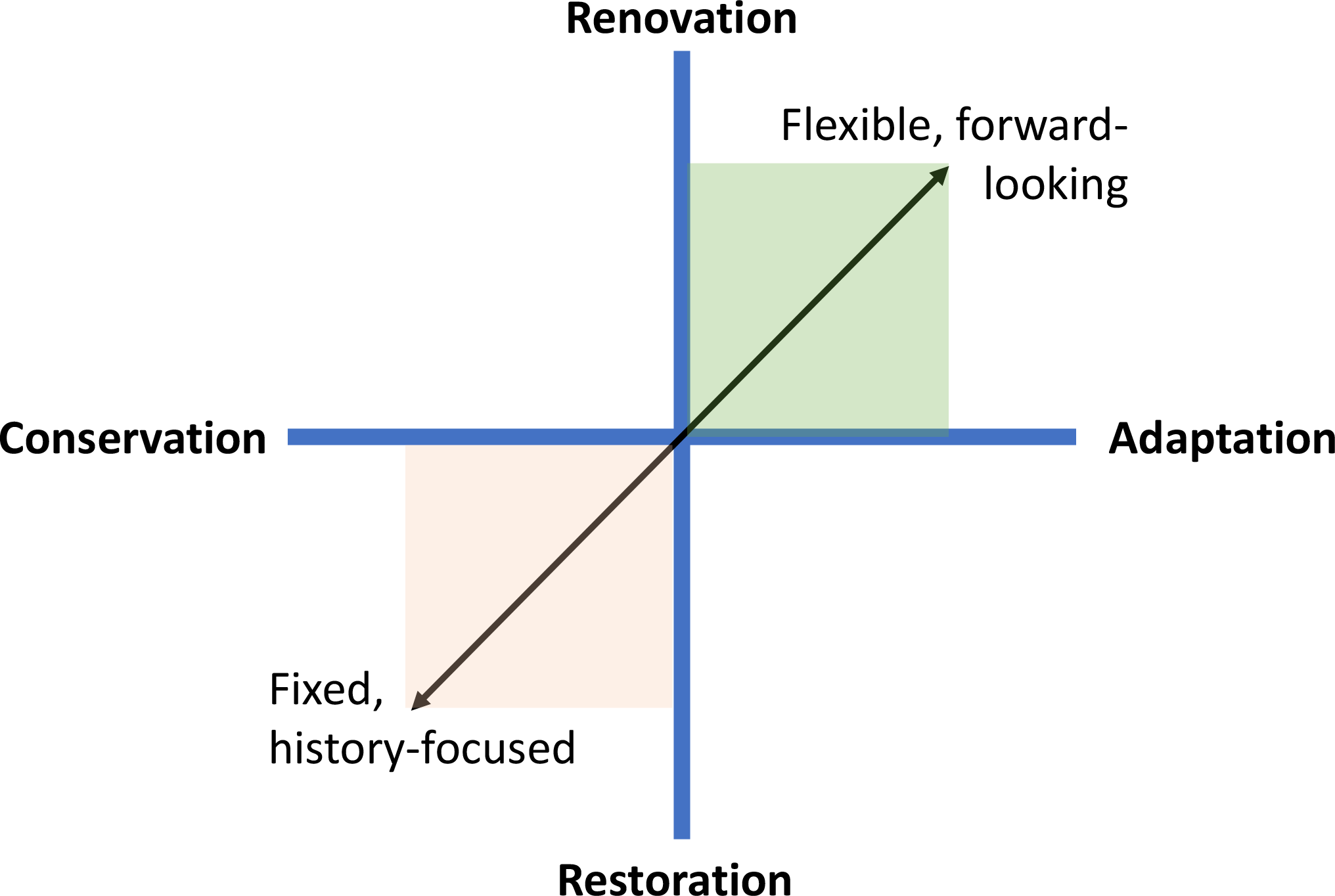
 Martin Michette
Martin Michette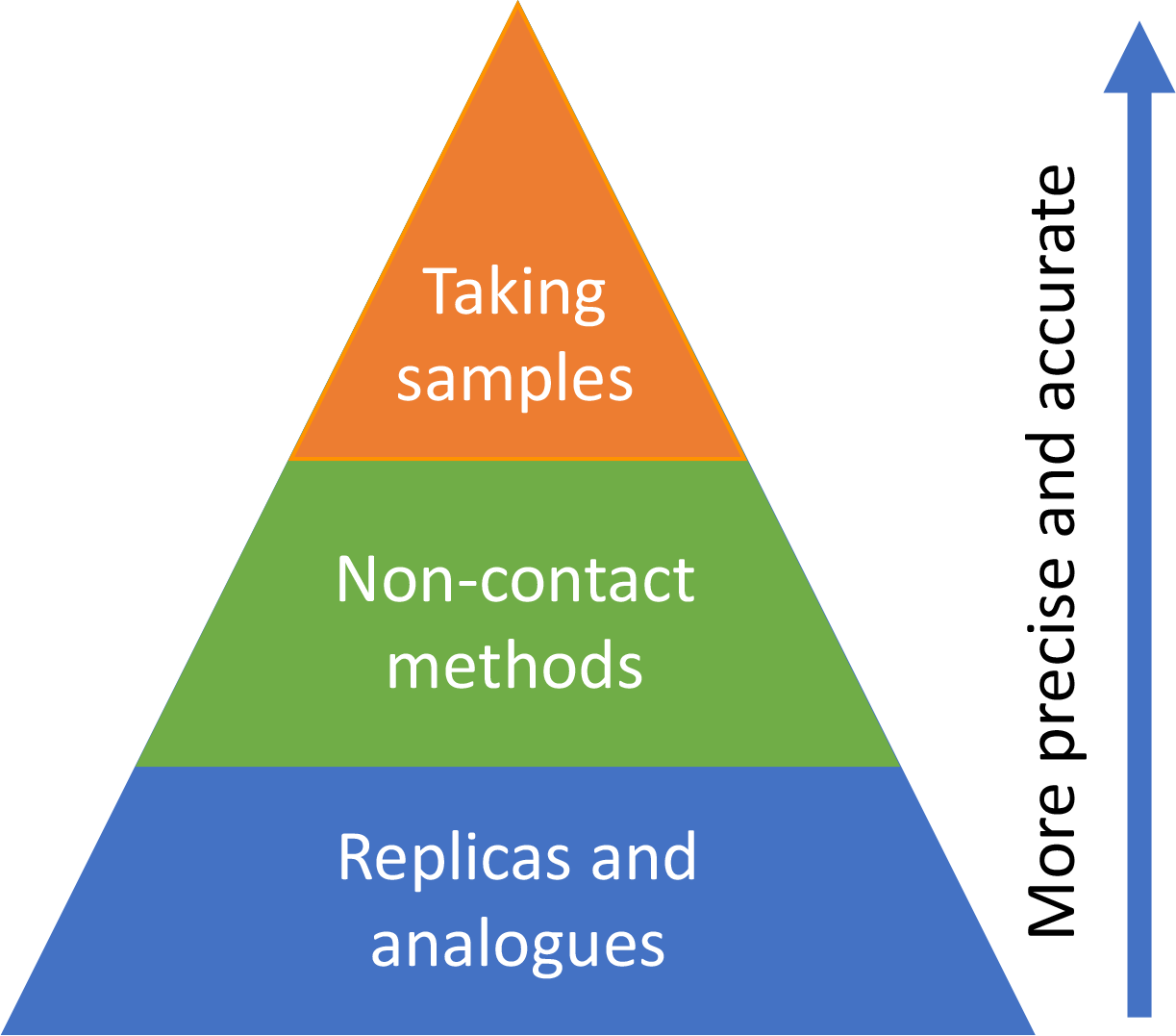
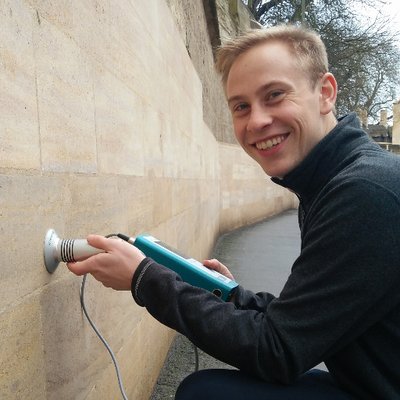
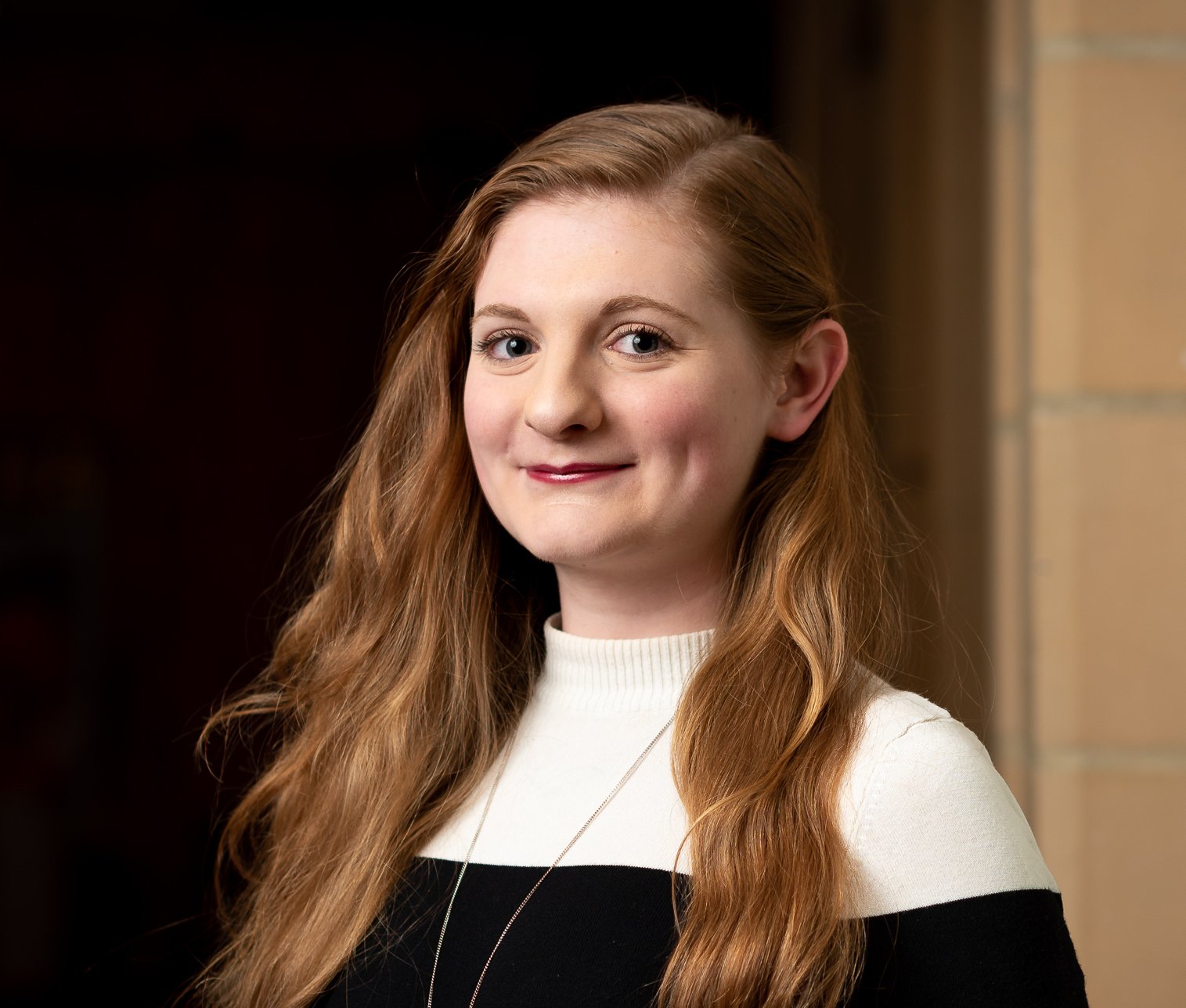
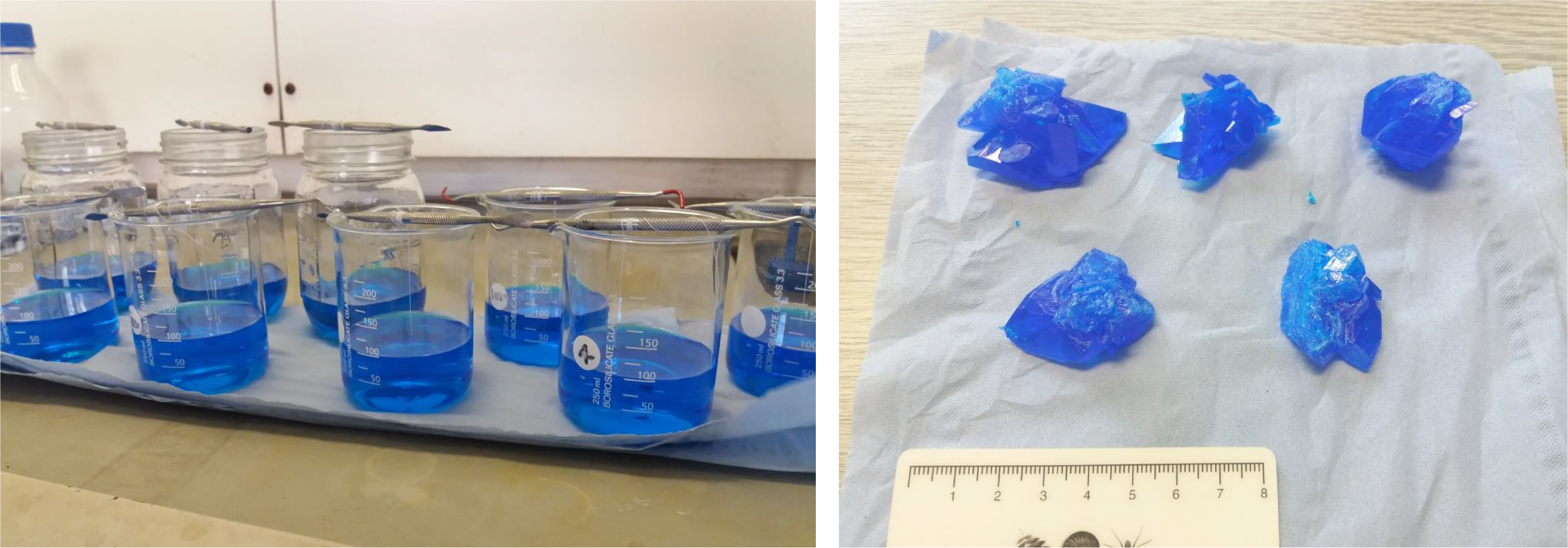

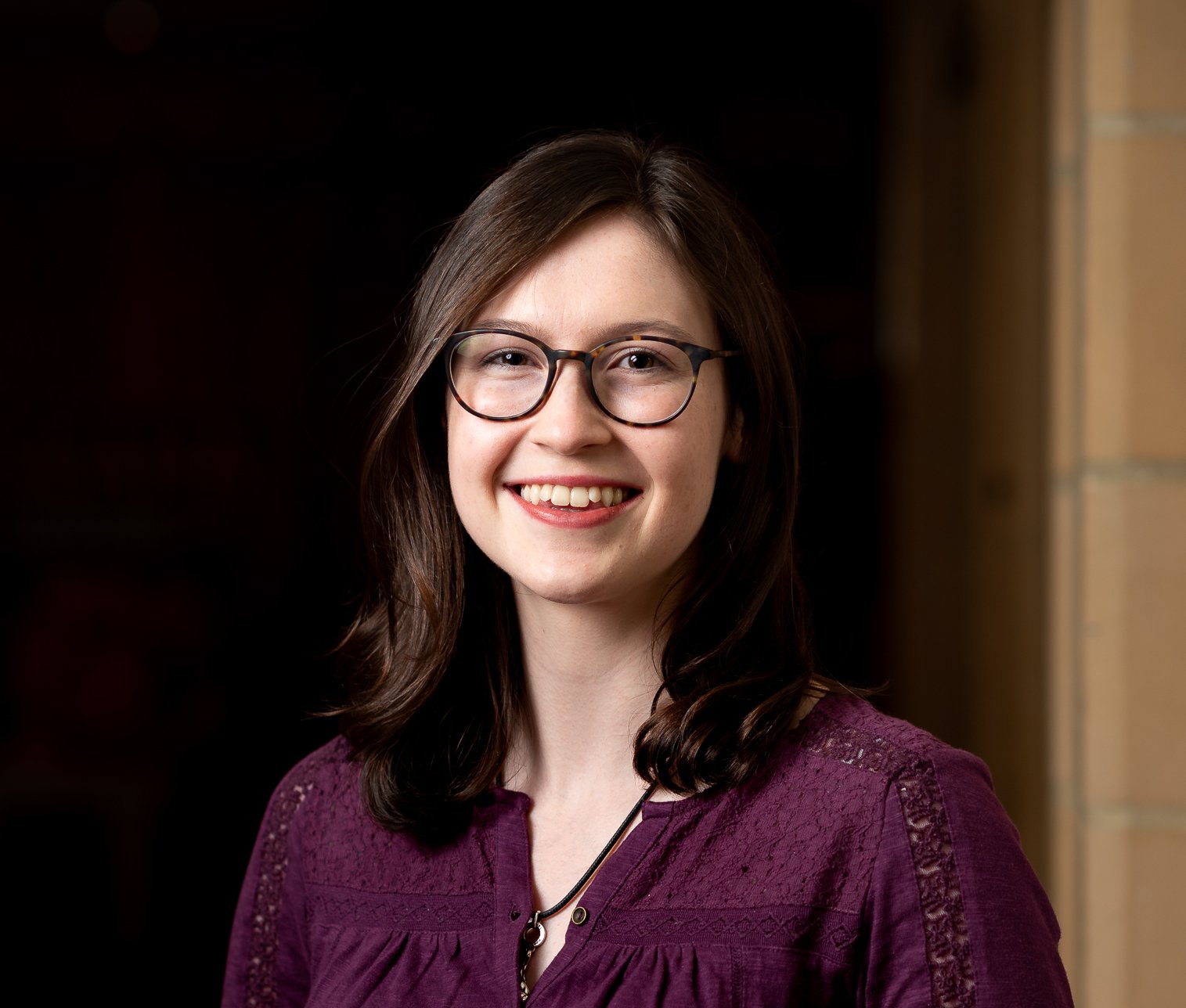

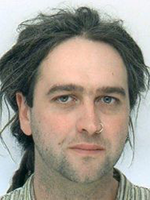 Richard Grove
Richard Grove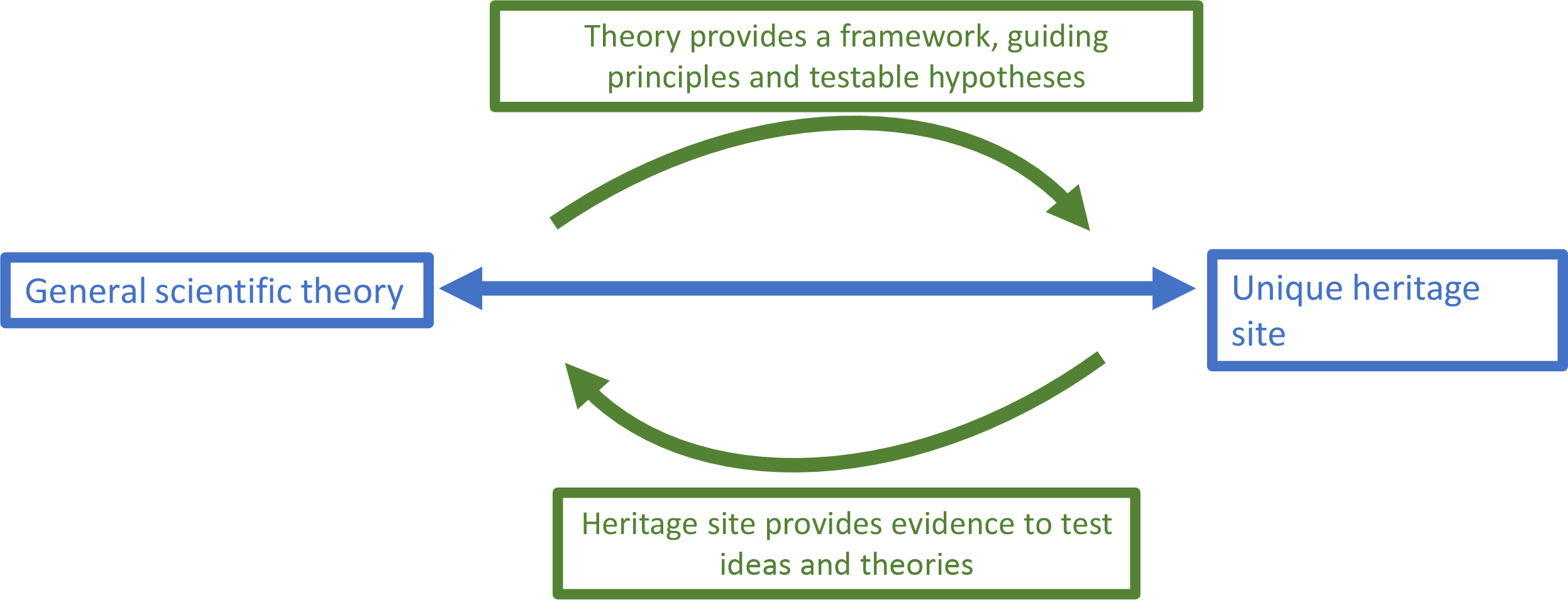
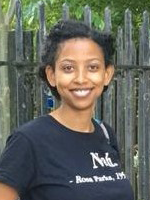





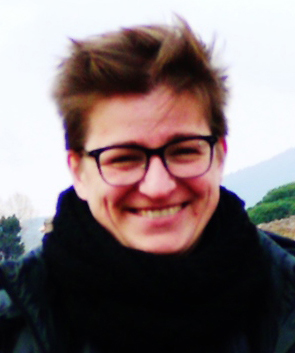
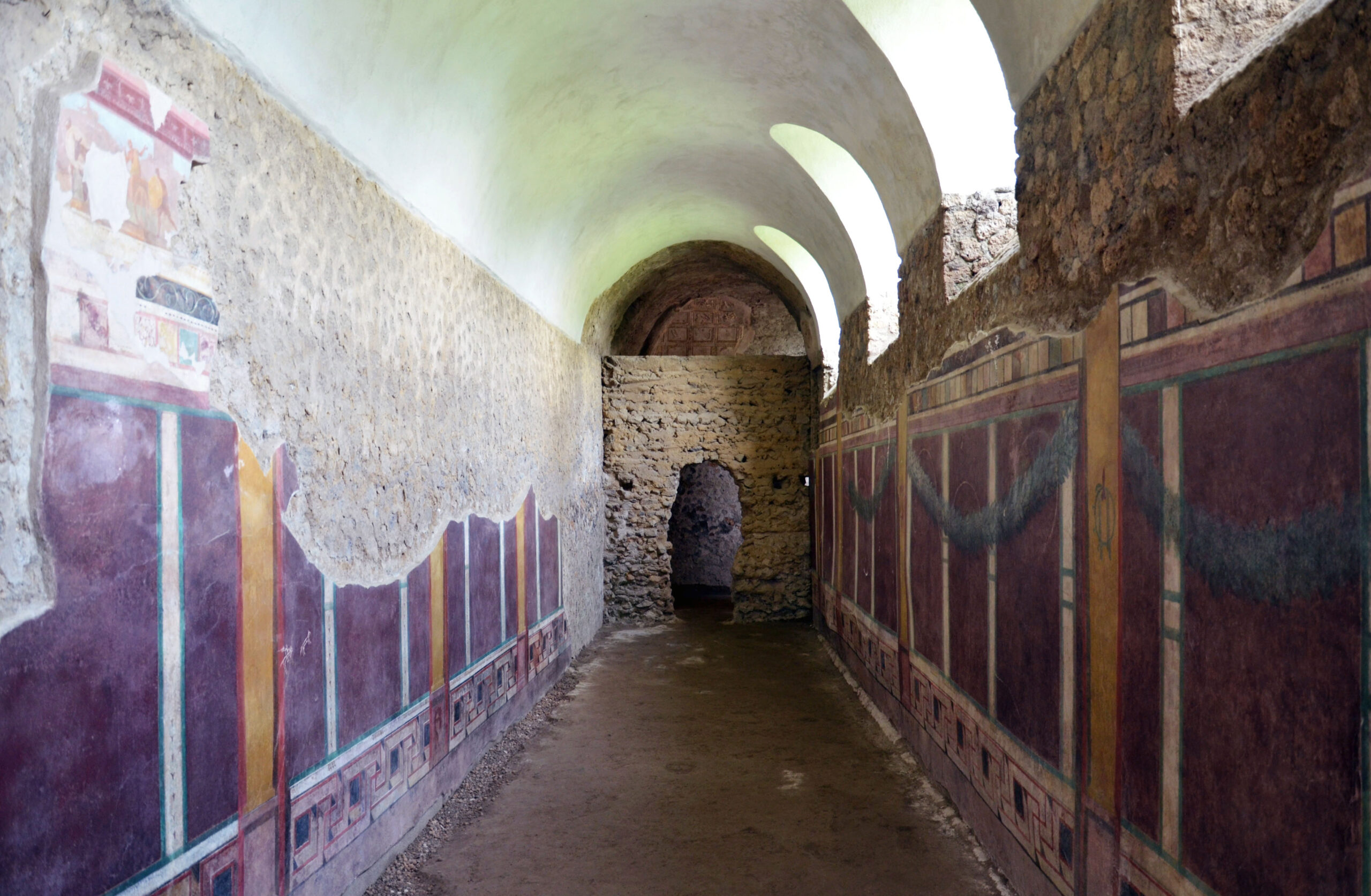
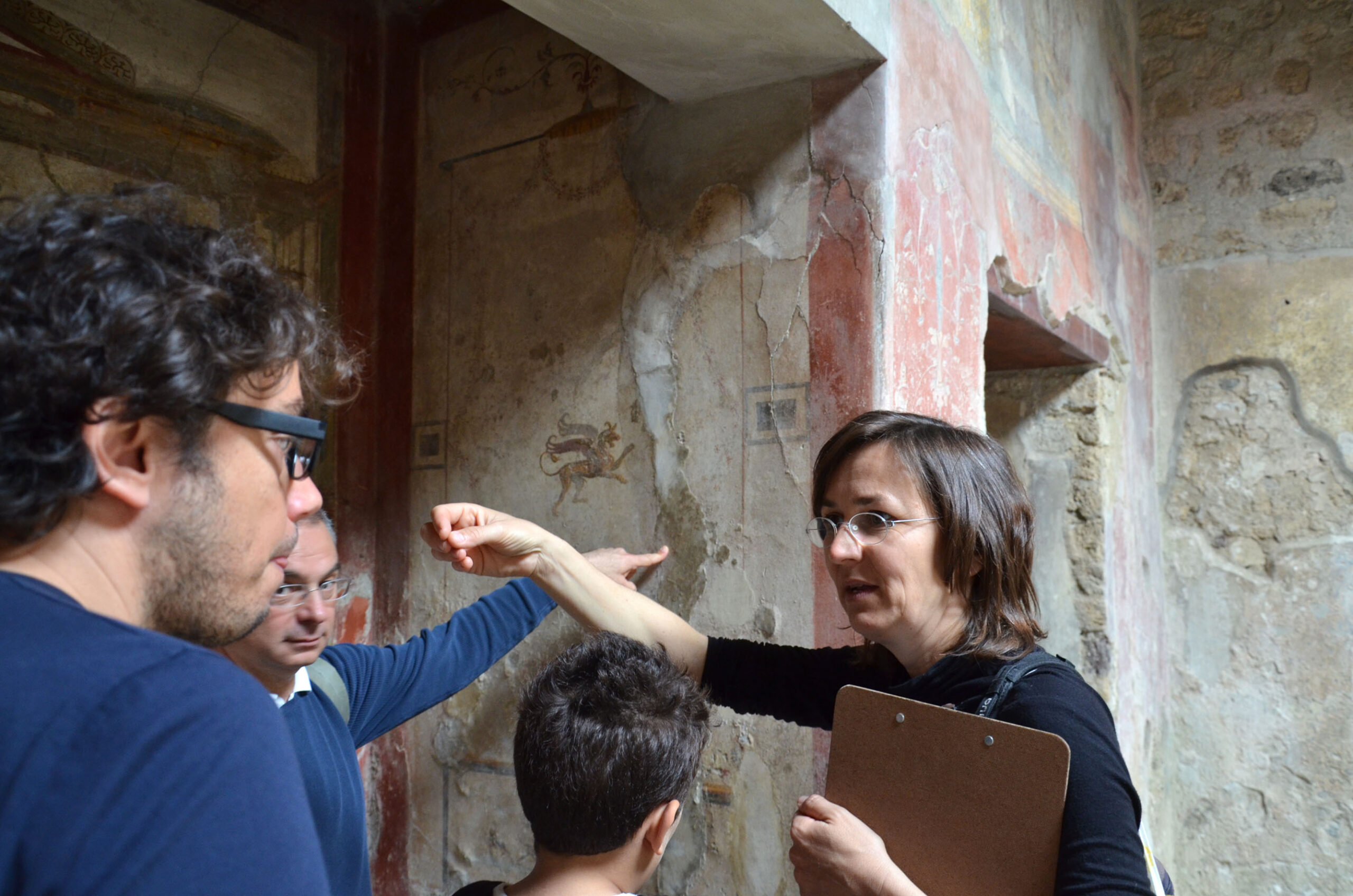
 We are a group of scientists from diverse backgrounds who work at the University of Oxford in the Oxford Resilient Buildings and Landscapes Lab (
We are a group of scientists from diverse backgrounds who work at the University of Oxford in the Oxford Resilient Buildings and Landscapes Lab (